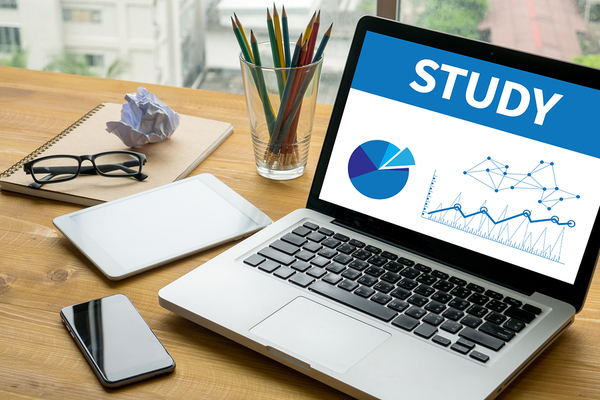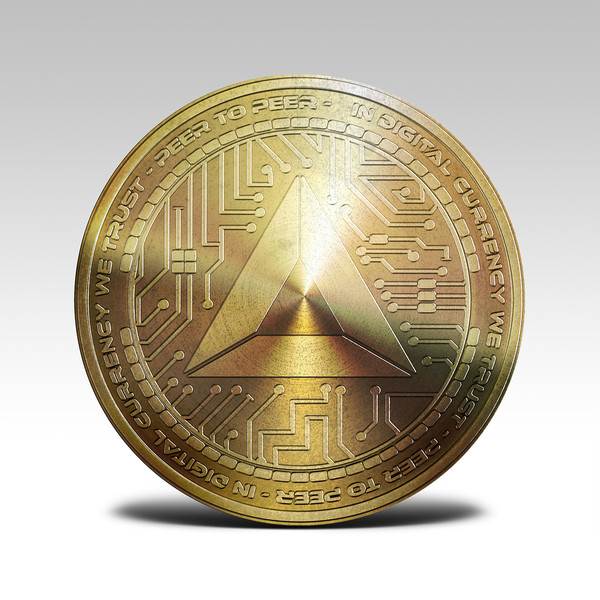Initial coin offerings (ICOs) are a new type of fundraising that allow investors to get in early on new companies and projects [read our Beginner’s Guide to ICOs here]. In this article, we’ll cover the basics of how to invest in ICOs. In summary:
- Do your due diligence.
- Get the offering details.
- Buy bitcoin or ether.
- Make (or schedule) the purchase.
- Receive your tokens.
- Store your tokens safely.
Do Your Due Diligence
Due diligence is crucial to any investment. However, doing your homework is even more important in the case of ICOs. These offerings can provide significant reward, but you can also lose all your money. [Read how we do due diligence at Bitcoin Market Journal.]

To research an ICO, start off by examining the “Three P’s”:
- Product. ICOs come in two flavors: those with a working prototype, and those with a plan only. (Think of it like those with a startup business, and those with a business plan only.) Our analysis has shown that teams with a working prototype generally lead to more successful ICOs and long-term investments than those with a whitepaper only. Regardless, read the whitepaper, as it provides the “vision document” of what the team is planning to build. Look for a prototype on GitHub or the team website.
- People. Does the ICO have a good team behind it? Knowing the answer to this question may mean the difference between success and failure. Explore the background of the leadership, development, and advisory teams. Online profiles can be telling: look for verifiable projects, work history, and subject matter expertise. Be rigorous, and ask yourself whether the team has the credibility to use your money wisely. If it smells bad, it usually is.
- PR. Look at how much press the project is receiving. Although strong buzz does not mean a worthwhile project, it does indicate a level of PR sophistication, and it means that more investors will know about the ICO. Look on news outlets, user forums, and social media. Sign up for Bitcoin Market Journal alerts to get emailed news stories automatically.
If an ICO passes your first test of the “Three P’s,” then it is time to begin the “deeper dig.” Here are some of the questions we ask for our analyst reports:

- What does the project do? Do you understand the concept well enough to explain it in plain English?
- What problem will it solve? This matter is crucial, as it will tell you what need exists for the digital currency.
- How will a token address the problem? Someone may have tried this before or may have attempted to solve the problem using a different approach. Does it really require a token?
- How big is the opportunity? Looking at this will give you a sense of the solution’s potential market. Bitcoin, for example, aimed to create a decentralized digital currency, and its creator(s) wanted to create a new monetary system. Some ICOs think too small.
- To what extent is the digital currency’s price based on expectations of future value? How much is its price based on value that exists today?
 Get the Offering Details
Get the Offering Details
Once you have done the “Three P’s” analysis and the “deeper dig,” the next step is to prepare for the actual ICO. [See Getting in to ICOs.] Not all ICOs are the same. Some have a set amount of tokens they can sell, and reaching this goal ends the sale. Some launch a “presale” before the ICO. Some offer token bonuses for early investors.
Here are questions to ask:
- When is the ICO taking place?
- How many tokens will be available through the offering?
- How many tokens will the owners retain?
- Will there be a fixed amount of tokens, or will the owners be able to create more tokens in the future (devaluing your investment)?
- Will the tokens have the same value throughout the ICO, or will there be “early bird” bonuses?
- Is the ICO open to anyone, or accredited (read: wealthy) investors only?
- What is the ICO contract address?
Buy Bitcoin or Ether
Before you participate in any ICO, you will need to purchase bitcoin or ether, and prepare for the ICO investment. Here are the steps involved:
- Set up an account with a cryptocurrency exchange. We recommend Coinbase. You will need to transfer funds into your new account, which will require you to provide bank account and credit card information, as well as prove your identity by uploading an official photo ID like a driver’s license or passport (in keeping with Know Your Customer laws). It can take a few days to transfer the money to the exchange, so keep this in mind if you want to be ready to purchase tokens through an ICO.
- Transfer the bitcoin or ether to a wallet you control. We recommend MyEtherWallet. Be sure to choose a wallet that meets the ERC20 standard, which was developed for Ethereum-based tokens. [Read our Beginner’s Guide to Bitcoin Wallets.]
Make (or Schedule) the Purchase
Once you have your digital currency in the appropriate wallet, you can take part in an ICO by purchasing tokens at the crowdfunding page of the company/project holding the sale. Each ICO is different, but generally involves sending your bitcoin or ether from your wallet to a specified address. Copy down the transaction details, and keep them in a safe place.

Scheduling ICO purchases. Because some ICOs reach their crowdfunding goals quickly, or smaller investors are locked out by large investors called “whales,” you can use Parity, a popular ethereum wallet, to schedule a transfer to take place at a specific time or after a certain block number. If you set this up correctly, you do not have to be at your computer when the transaction takes place. However, your computer does need to be running Parity to execute the transaction and purchase your digital tokens.
In order to pull this off, you must know the gas limit for the ICO. Every transaction that takes place via Ethereum has a gas cost, which is basically the expense a user is paying to use the Ethereum network. An ICO’s recommended gas limit is usually released by the project or company when the contract address becomes known to the public. You can adjust the gas limit in Parity. If you set this limit too low, the transaction might not take place. However, if you set this limit far above the recommended amount, miners might prioritize blocks that are more operation-dense instead.

Prepare the signed transaction in advance. If you are worried about missing out on a hot ICO, you can also prepare the signed transaction in advance, if you are using MyEtherWallet. Go to the “Send Ether & Tokens” feature, access your wallet, then enter the following information:
- ICO Contract Address
- Amount of ether you want to send
- The gas limit
- Any other information needed
Once you have supplied this information, click on “Generate Transaction.” Once the field marked “Signed Transaction” populates with information, you can copy that data and keep it. When the ICO goes live, you can then broadcast this transaction on Etherscan.
Receive Your Tokens
After the ICO ends, you can look forward to receiving your tokens. To find out the distribution timeline for a particular offering, research the website of the project or company holding the sale.

Store Your Tokens Safely
Once you have purchased tokens through an ICO, figure out the best way to store them. You can hold your newly purchased digital currency in your online wallet, but this makes it vulnerable to many threats.
If you want a more secure method, you can use cold storage, which holds your digital currency offline. For example, you could use a hardware wallet such as Trezor, Ledger Nano S or KeepKey. If you hold your digital currencies on one of these wallets, it keeps these assets safe from hackers and malicious software programs such as viruses.
To use a hardware wallet to store your newly purchased digital tokens, connect it to your computer and then transfer your private keys to the device. Disconnect the hardware wallet from your PC, and your cryptocurrency will be securely stored.
If you are looking for an additional layer of security, you could store your hardware wallet in a fireproof safe or a safe deposit box. This will further safeguard your digital currencies from fire and theft.
Next Steps
ICOs offer significant risk, but also great reward. Be sure to do your homework, as with any investment. Many believe that digital currencies are the way of the future, so by picking the right opportunities, you could gain exposure to the next big thing.
- Bookmark our Initial Coin Offerings page to follow the latest from our world-class Bitcoin Market Journal research analysts.
- Subscribe to the Bitcoin Market Journal newsletter to be sure you never miss an important ICO.

